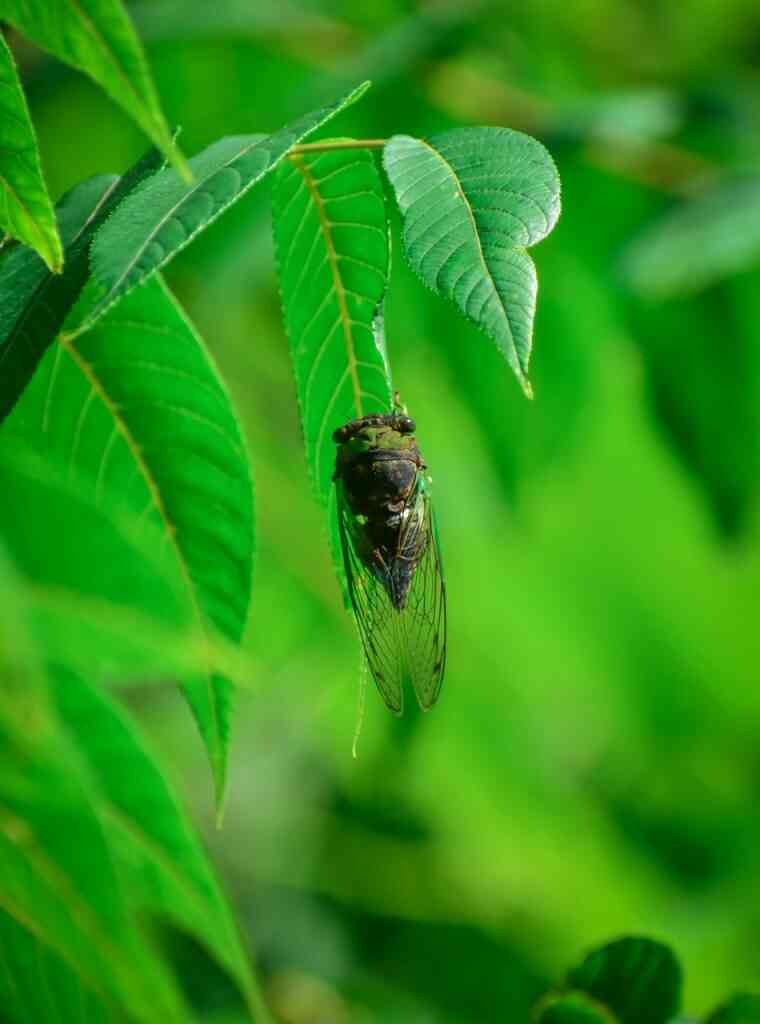Cicadas, Ants, and Ancient Gum: Exploring the Wonders of Nature
In the vast tapestry of nature’s wonders, three captivating stories unfold, revealing the intricate connections and hidden secrets that lie beneath the surface. From the synchronized emergence of cicadas to the disruptive impact of invasive ants and the unveiling of ancient history through a wad of chewing gum, these tales showcase the diversity and complexity of our planet.
The Curious Case of the Double Cicada Emergence
Beneath our feet, in the hidden depths of the earth, a remarkable phenomenon is taking place. This year, the eastern United States is witnessing a double emergence of cicadas, an event that has captured the attention of scientists and nature enthusiasts alike. Regina Barber, an entomologist and cicada expert, joins us to shed light on this unusual occurrence.
“Cicadas, known for their distinctive buzzing sound, typically emerge from the ground after spending 17 years underground as nymphs,” Barber explains. “However, due to a quirk of nature, a small population of cicadas emerged last year, a year ahead of schedule. This year, they are joined by the main brood, resulting in a double emergence that has caught us by surprise.”
Behind the Double Emergence
What could have caused this unusual event? Barber delves into the possible explanations. “Environmental factors, such as temperature fluctuations or changes in soil conditions, may have triggered the early emergence of the cicadas,” she suggests. “Additionally, genetics plays a role in the behavior of these insects. Certain genetic variations could predispose some cicadas to emerge prematurely.”
Ecological Implications
While the double emergence is a fascinating spectacle, it also raises questions about the ecological implications. “The impact on the cicadas’ predators, such as birds and small mammals, which rely on them as a food source, is a concern,” Barber notes. “Furthermore, we need to understand the long-term effects of this event on the cicada population and the delicate balance of the ecosystem.”
Invasive Ants Disrupting Kenya’s Ecosystem
In a different corner of the world, Kenya is facing a formidable challenge—the invasion of the red imported fire ant. Pien Huang, a science journalist based in Nairobi, joins us to discuss the devastating impact of this invasive species on Kenya’s environment and agriculture.
“The red imported fire ant, native to South America, has spread rapidly across Kenya since its introduction in the 1990s,” Huang explains. “These aggressive ants form large colonies, displacing native ant species and wreaking havoc on local ecosystems. They attack crops, causing significant losses for farmers, and their painful stings pose a health risk to humans and animals.”
Efforts to Combat the Invasion
Huang highlights the efforts being made to combat the invasive ant problem. “Scientists are exploring various methods, including biological control, chemical treatments, and community-based initiatives, to reduce the population of red imported fire ants,” she says. “However, the challenge is immense, and long-term solutions are still being sought.”
Unraveling the Secrets of Ancient Chewing Gum
From the depths of history comes a remarkable discovery—a 5,700-year-old wad of chewing gum, found in a Neolithic settlement in Finland. Juana Summers speaks with Pien Huang, who delves into the intriguing secrets revealed by this ancient artifact.
A Window into the Past
“The chewing gum, made from birch bark tar, provides valuable insights into the lives of our ancestors,” Huang explains. “By analyzing the DNA preserved in the gum, scientists have been able to reconstruct the diet and oral microbiome of the individual who chewed it. This discovery sheds light on the health, hygiene, and dietary habits of people living in the Neolithic period.”
Implications for Modern Health
The ancient chewing gum also holds potential implications for modern health. “The oral microbiome found in the gum can provide clues about the evolution of bacteria and the development of antibiotics,” Huang says. “Understanding the microbial interactions in the mouth could lead to new insights into oral health and the prevention of dental diseases.”
Conclusion
The world of nature is a tapestry of wonders, filled with mysteries waiting to be unraveled. From the double emergence of cicadas to the impact of invasive ants and the secrets held within ancient artifacts, these stories showcase the diversity and complexity of our planet. As we continue to explore and understand the natural world, we gain a deeper appreciation for its beauty, fragility, and interconnectedness.
Let’s embark on a journey of discovery, cherishing the wonders that surround us and working together to protect the delicate balance of life on Earth.
